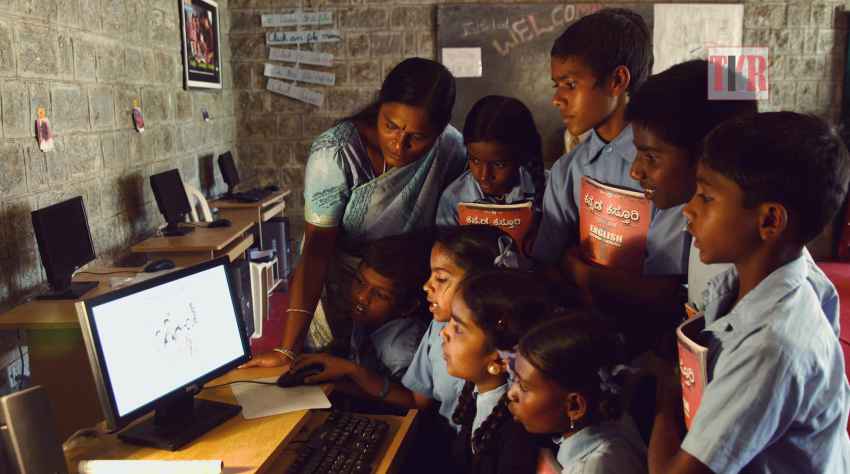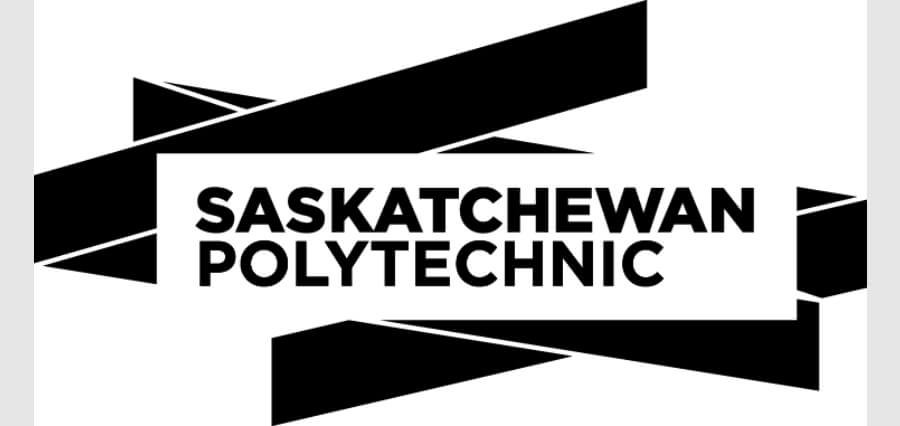India is comprised of the rural and urban community which makes up for the population of the country. A large number still continue to reside in the rural parts of the nation and hence, the question arises of the significance of education in the rural sector. The Right to Education is a fundamental right that needs to be exercised equally among all the citizens of India. As the world continues to grow at a rapid speed, the education fraternity meticulously works to embrace modern and qualitative education to all its students. The outreach of the education sector has comparatively progressed in terms of extending its own boundaries and liberating the individuals of stereotypical ideologies.
A school is primarily an element that builds up the strong foundation for a better tomorrow in every being’s life. The whole and sole purpose of education is to broaden an individual’s perspective and look beyond the societal norms which were set in the past. As the rural sector is not much aware of the on-going momentum and has little exposure compared to the urban sector, it has become restricted and is bound to follow certain beliefs.
Hence, it is of the utmost importance to educate them and make them aware of the current happenings, technology, careers path, and overall give them guidance in a holistic manner.
The schools and institutes have come up with excellent initiatives like
* Teach India– This is an initiative that was launched in 2010 by the Times of India Group. Its main objective lies in spreading the word of education loud and clear in the rural sector. Volunteers are assigned to teach students and anyone who can give it a minimum of three days alternatively along with two hours of teaching can apply for this position. The students here are educated using a learner’s centric approach, where the teachers are the facilitators of knowledge and this allows them to excel.
* The Kahani Project– This initiative was started in 2012 with an aim to bring stories to every child’s doorstep and make it an inclusive, fun, and interactive session. The process of storytelling is allowed to take its own course while helping the child mould their grasping and communication skills. The stories are available in eight languages including English, Hindi, Marathi, Bengali, and many more. This helps in expanding the project’s reach to the students from different walks of life in various parts of the country.
* Distance Learning Programs– The students who are working part-time are also not far behind in terms of gaining further education. In the recent times, there are many universities that have come up with distance education which has been benefitting the students without harming their career opportunities. They are inexpensive, convenient, feasible, and allows students to study at their own accord.
Also, especially for the girl child there are a number of amenities to foster and nurture their educational talents. The girls are also provided with free education up until the age of 12 in some respected schools and institutes. It is interesting to know that in 2016, the gender gap in schools had decreased to 6.9 percent, which shows the rising levels of awareness towards education. States like Kerala have proved to have a female literacy rate of 92.07 percent. Hence, it is of dire importance that girls today learn to stand on their own feet and the best way to do this is by pursuing an education and utilizing it efficiently.









